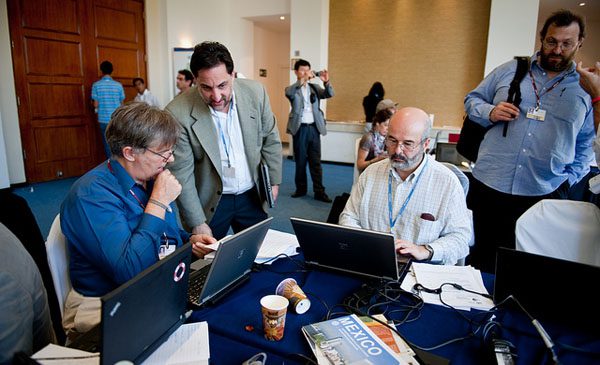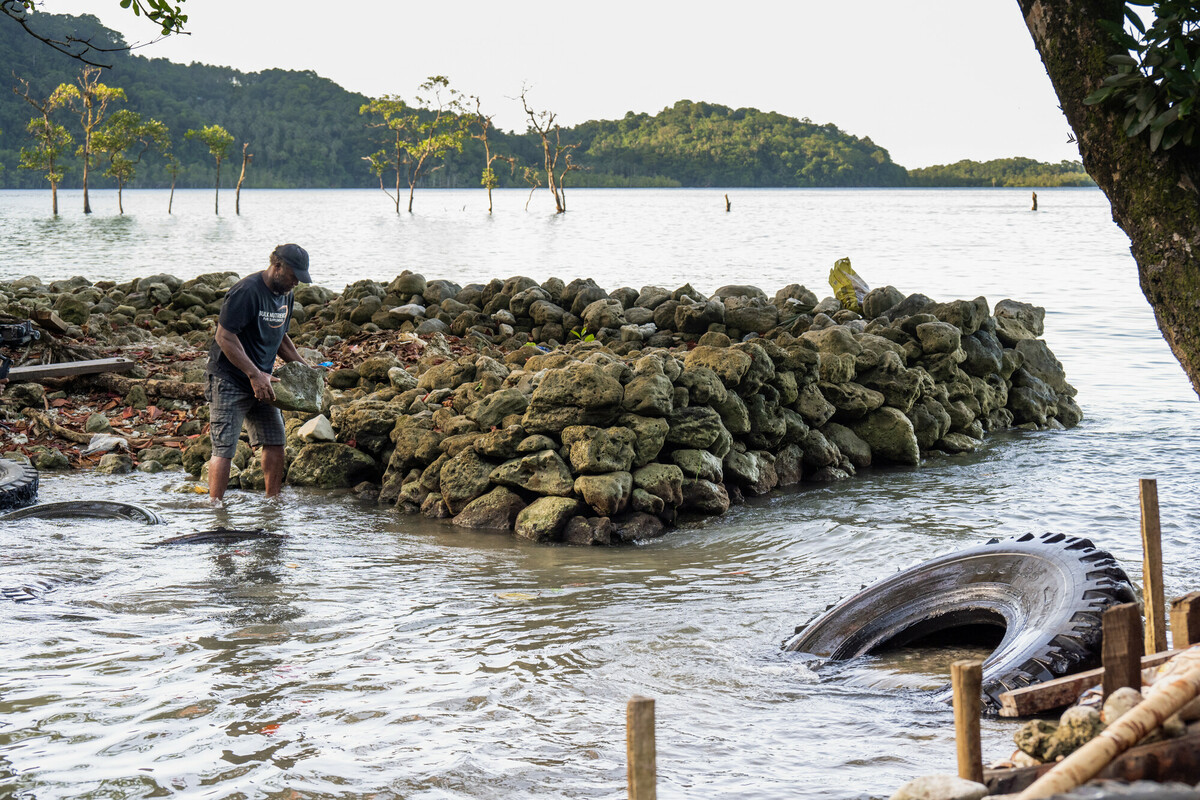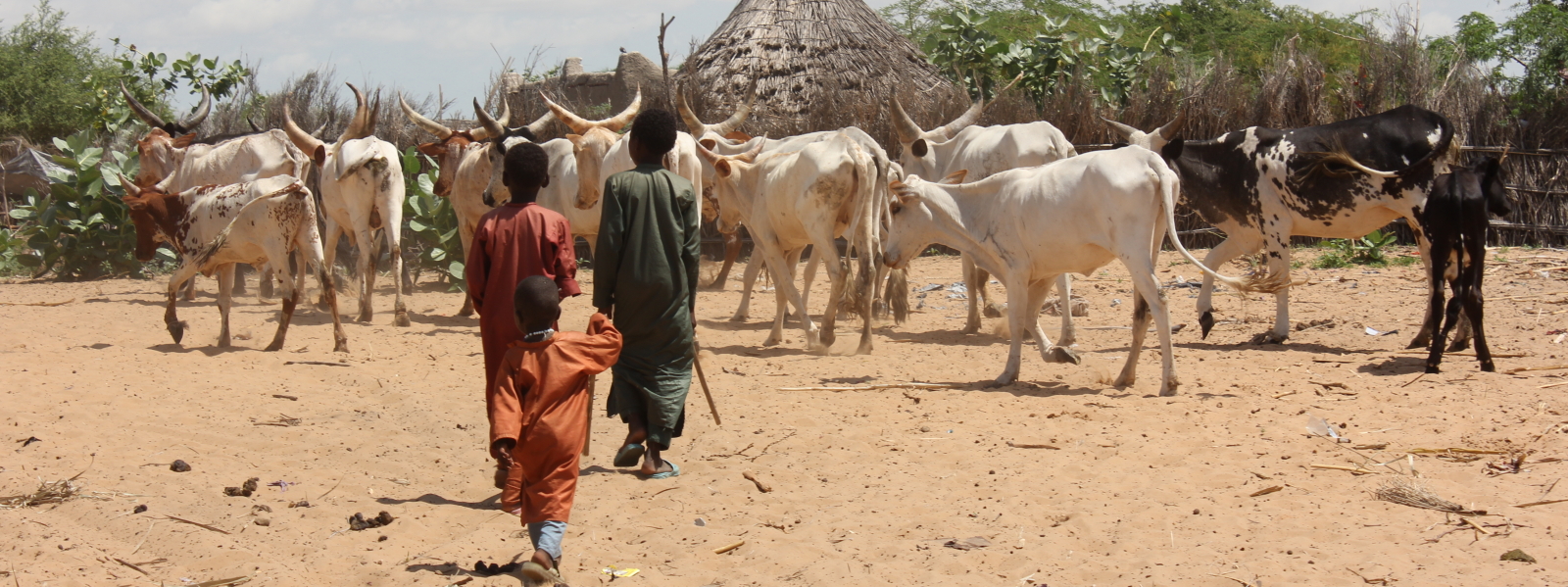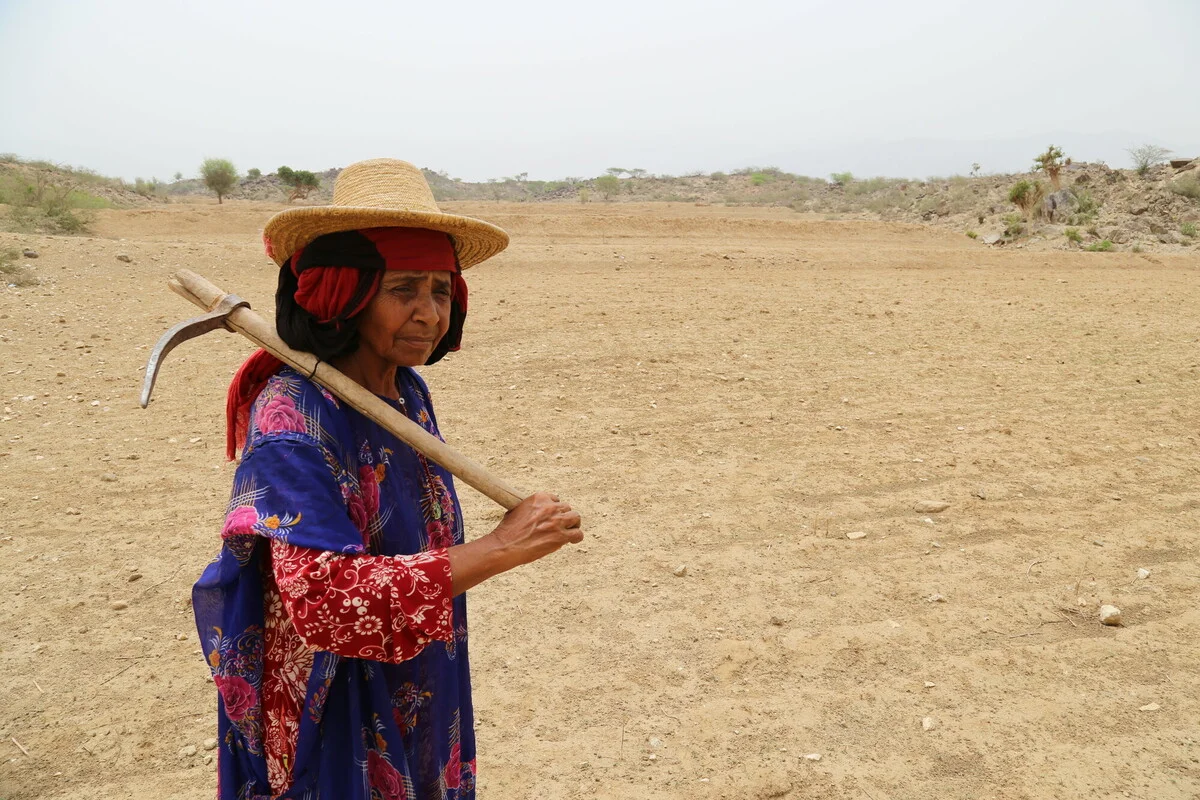Oxfam New Zealand Executive Director Barry Coates is writing from the United Nations climate conference in Cancun, Mexico, where he is part of Oxfam’s advocacy team.
It’s midnight on Friday – so close to a done deal. I am sitting in a conference room with hundreds of people watching the end game. The contrast to the last hours of Copenhagen could not be more stark.
Although it’s not everything we need, the agreement on the table puts the UN negotiations back on track after the shambles of Copenhagen last year. Expectations were lowered in the run-up to Cancun and completing the final agreement was never a possibility. And for much of the conference, there was a distinct possibility that the process may fall apart, particularly when Japan announced that they could not sign up to a 2nd commitment period of the Kyoto Protocol. But, unlike Copenhagen, the dynamics were positive, the process was transparent and negotiations were skilfully steered by the Patricia Espinosa, the Mexico Minister for the Environment, as chair.
On the last day of the talks, Oxfam unveiled a giant sand sculpture of Mexican farmers calling for concrete action for the sake of the millions of poor people around the world who are already feeling the effects of climate change..
So tonight, when it became obvious that a deal had been crafted, there was such a palpable feeling of relief amongst the delegates and observers that the chair got two standing ovations, the first for three minutes. The speeches were mostly upbeat, although the Bolivian Climate Change Ambassador complained that governments had not gone far enough in agreeing emissions cuts. He is right, but for almost all the governments, the deal on the table is a good step forward, and all that could be achieved.
It has been difficult to call. The emissions reduction pledges in the Copenhagen Accord were merely noted in this Cancun agreement. They fall woefully short of the level of ambition required to avoid dangerous climate change. The pledges add up to 12-18 per cent below 1990 levels to be achieved by 2020. This is way short of the required level of 40 per cent.
However, the good news is that, for the first time in the agreement, there is recognition of the inadequacy of the pledges, and there is a process to raise the level of ambition. The agreement specifies a target range of 25-40 per cent emissions cuts for the wealthy countries (drawn from the 4th Assessment Report of the IPCC), and a process for clarification, analysis and comparison. This is a potential way to raise the level of ambition, but there will need to be a serious increase in political will amongst the rich nations for this to happen.
Green climate fund established
Amongst the highlights from the conference are the establishment of a Green Climate Fund (couldn’t they have come up with a snappier title?!), an Adaptation Committee to provide learning and guidance on adapting to changing climates, a framework for supporting clean technology, an agreement to reduce deforestation, and a process for reviewing the global goal of maintaining global temperature rise below 2°C, specifically to look at a pathway to keeping temperature rise below 1.5°C. This is crucial for the survival of low lying communities and islands, including our Pacific neighbours.
The structure, governance and design of the Green Climate Fund includes ensuring that a significant share of the money for adaptation will be channelled through the Fund, and calls for a balance of mitigation and adaptation (to redress the Adaptation Gap – the past situation where only 10 per cent of climate funding has been devoted to adaptation). It was disappointing that discussions on filling the Fund have not gone far. There was no agreement on the proposal for the most promising source of funding – levies on shipping and aviation fuels.
Confidence restored in the multilateral system
Considering the expectations for Cancun, this is a good outcome. It restores confidence in the multilateral system, and the UN system in particular, which is much needed. This is a global problem and it needs a global agreement.
But 24 hours ago, we had real doubts that they would be able to put such a complex deal together. We were preparing ourselves for a collapse or a bad deal. But the deal was done through skilful chairing, not only by the Mexican chair, but also by the government Ministers acting as facilitators, including the New Zealand Minister, Tim Groser. It also drew on a far more constructive and flexible negotiating approach from most countries, with the exception of a few including the US, Japan, Canada and Saudi Arabia.
The US in particular, blocked agreement to other elements of the agenda until they were able to get the key element they needed for domestic political purposes – a system of monitoring, reporting and verification (MRV) for the emissions reductions in developing countries. The target was China, but fortunately the Cancun conference was spared the sharp disagreements between the US and China that had been evident in Tianjin two months earlier. The irony is that China has entered its pledges in 5 year development plans and has a very good record of implementing what it commits to do – in fact, their record of compliance is far better than legislation in many countries.
On the final evening, it became apparent that a deal was possible and the mood of the delegates lifted. Applause and even cheering broke out. Now the hard work starts. Overcoming the really difficult issue of comparability between the countries that have signed the Kyoto Protocol and the US (which hasn’t) will return as a challenge. So will the insistence that larger developing countries take on the same obligations as the US, even though the mandate for the negotiations clearly identifies a difference based on per capita emissions and historical responsibility for the accumulation of greenhouse gases in the atmosphere.
Despite their initial reluctance to agree to a 2nd commitment period for the Kyoto Protocol, Japan agreed to go along with the deal on the table. But this is not the end of the process. The compromise required all the developed and developing countries to accept an agreement where the US is treated leniently on the issue of compliance for their emissions reductions. This leniency must not be allowed to undermine the integrity of emissions targets.
We need to build political will for deeper emissions cuts
Some of the most difficult challenges lie ahead. We need to collectively build the political will for countries to accept far deeper emissions cuts and accelerate the pace of negotiations to secure a fair, ambitious and binding global deal.
The warning signs are there. While in Cancun, NASA confirmed that 2010 has been the hottest year on record, and the past ten years the hottest decade. Last week’s massive floods in Colombia and neighbouring countries are the kinds of impacts predicted by climate models.
Further delays will risk worsening natural disasters – droughts, heat waves and intense cyclones – as well as melting glaciers, further sea level rises and the rapid acidification of our oceans. The impacts are falling most heavily on those least able to cope – women, men and children living in vulnerable communities in the developing world. Cancun may have put the climate talks back on track, but now we need them to be concluded quickly and followed up by urgent action.
It is now 2.10am. The delegates are tired and so are we, the passionate NGOs from around the world, the social movements, women’s organisations, trade unions, academics, faith groups, the dedicated few amongst the media who stayed up, and the concerned citizens who have been pushing for a good deal in Cancun. The final plenary is about to start. Bolivia is still raising concerns about the process and the lack of ambition, but in the end they joined the consensus.
At 3.32am the Cancun deal was agreed.
First published on Oxfam New Zealand



